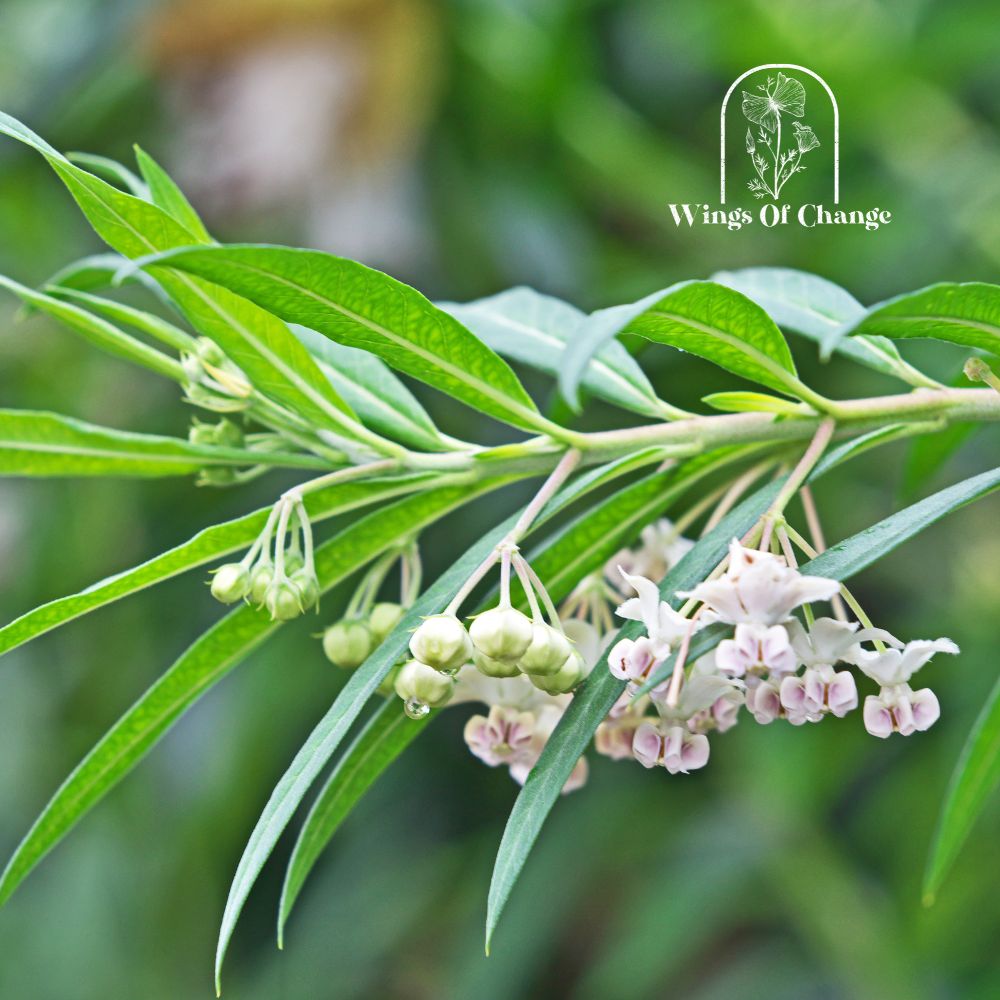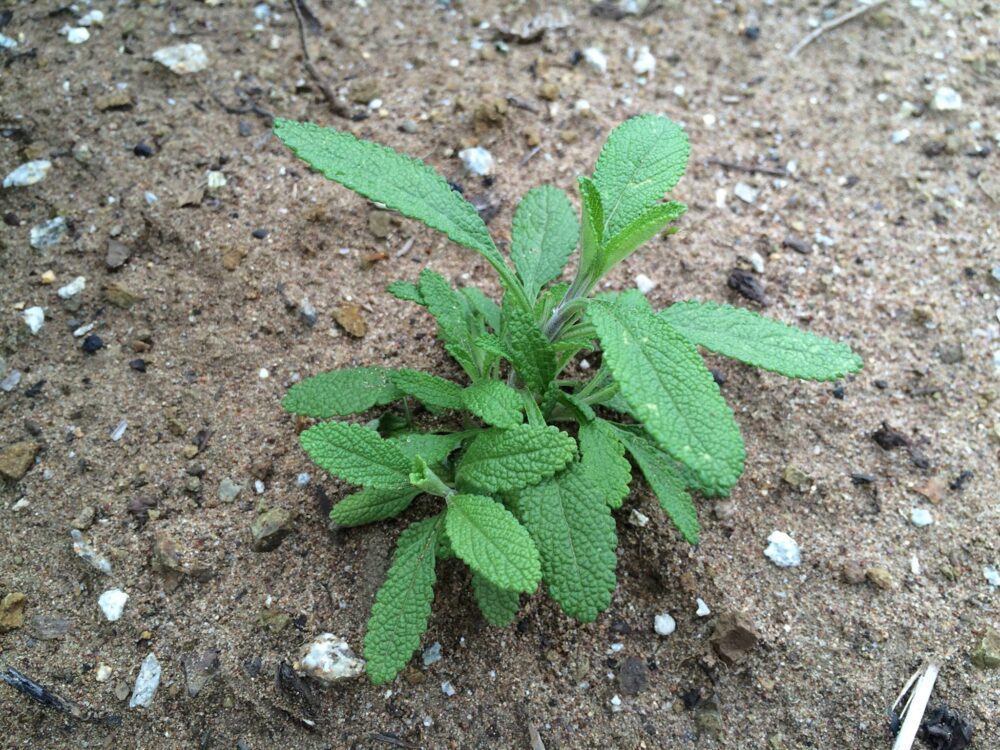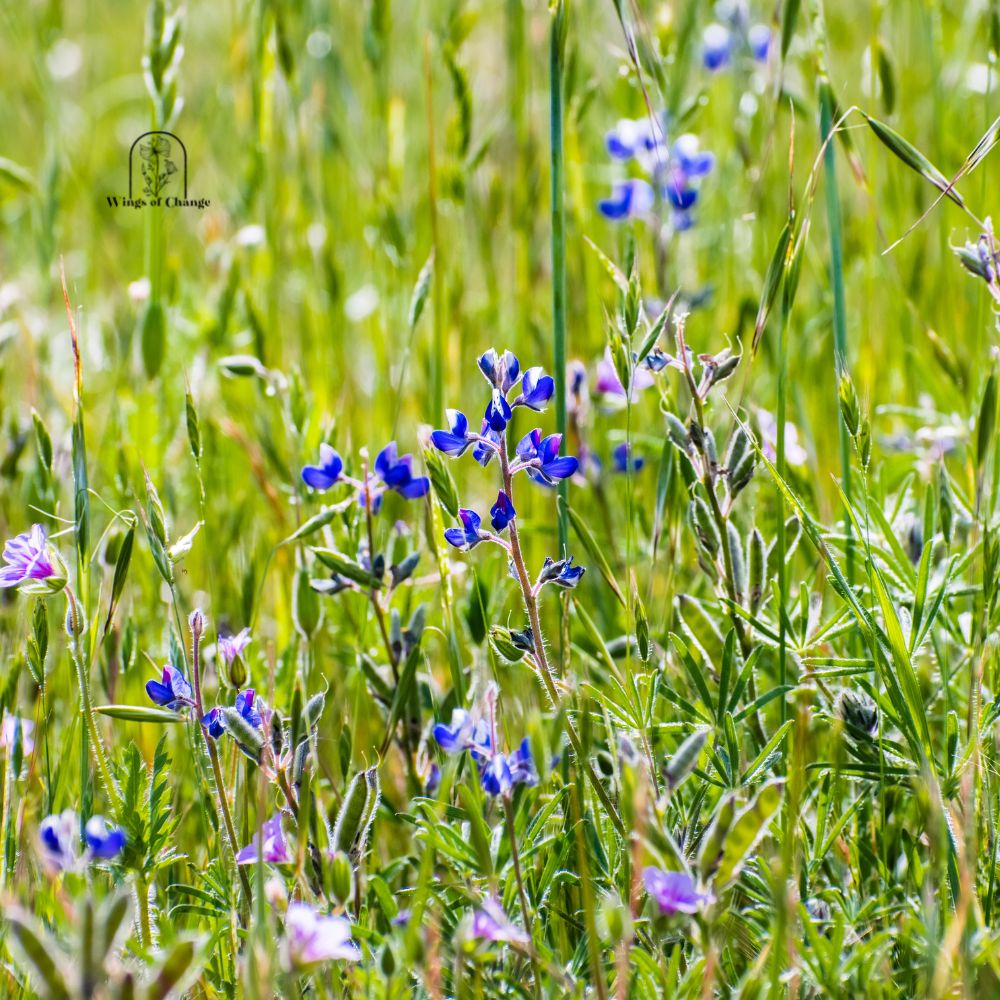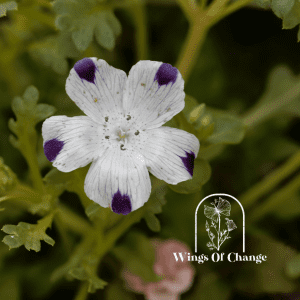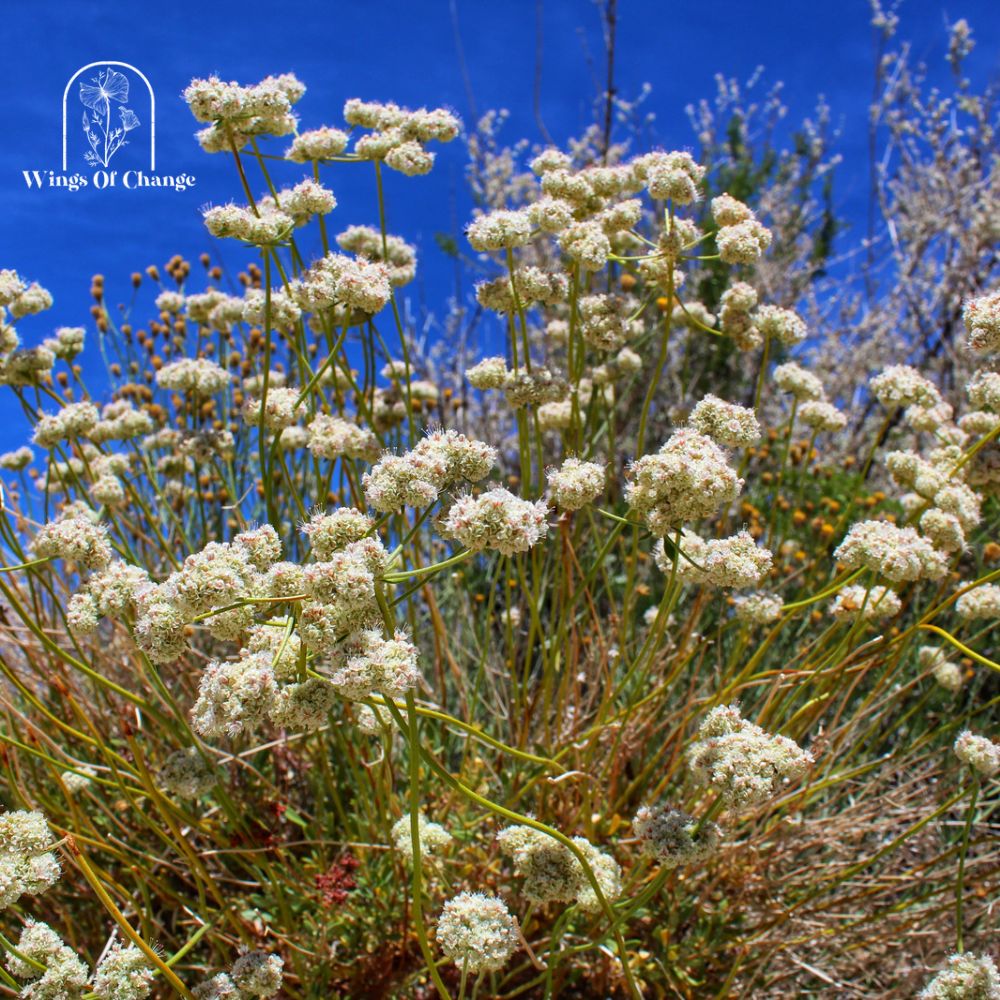Hairy Balls Milkweed Seeds- This plant is extremely popular in the cut flower industry for its unusual ball-shaped seed pods, and the flowers, though less showy than other milkweeds, are loved by pollinators, like the monarch butterfly and hummingbirds. This is a host plant for the Monarch and Queen Caterpillars.
Get in touch...
Location
Fallbrook, California
Call Us
760.994.8453
Email Us
Follow Us


